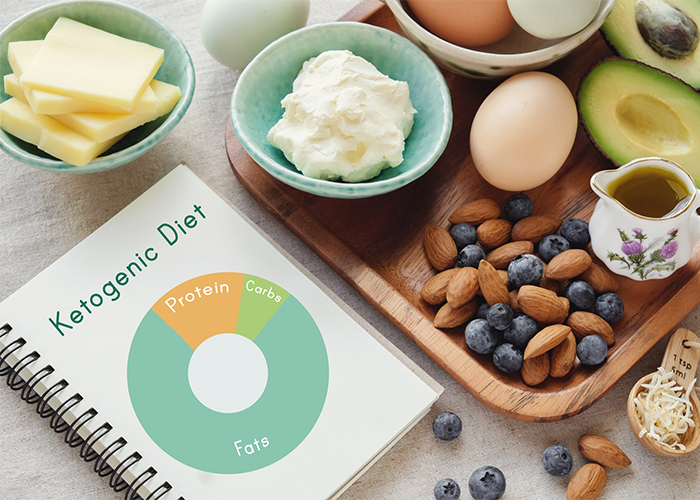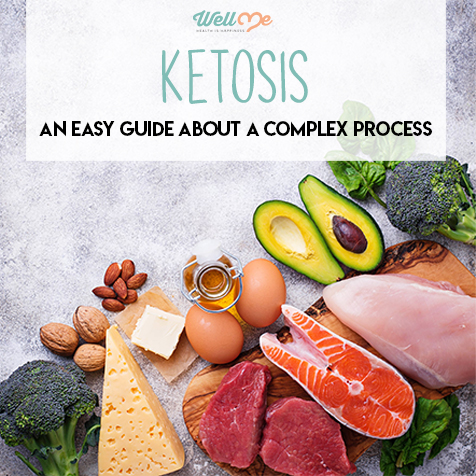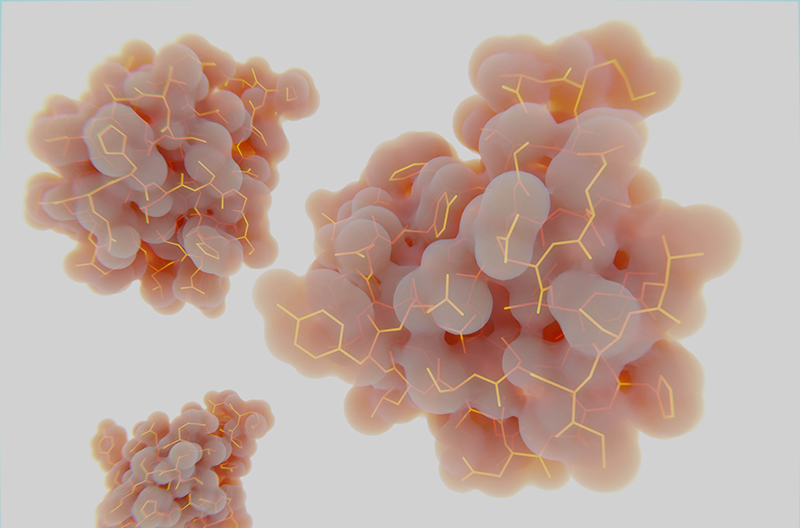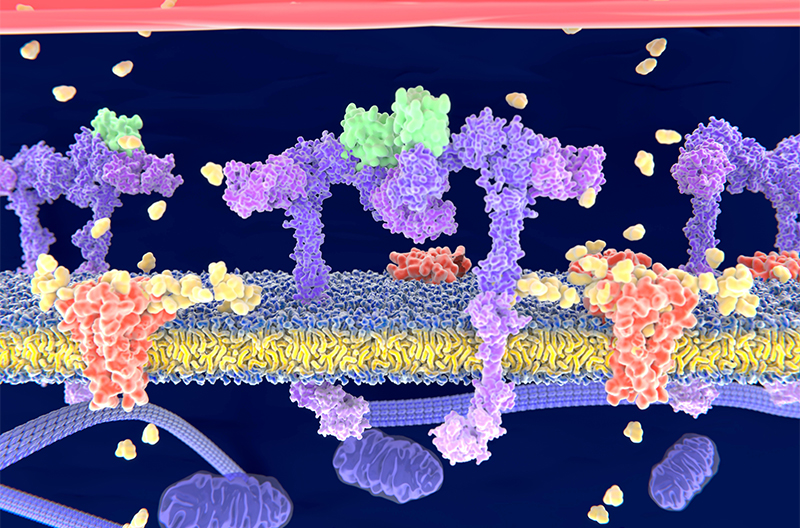Ketosis is a buzzword in the world of dieting right now. You may have heard it on TV, in magazines, or online. The claim is that you can lose weight by following the Ketogenic diet as it allows you to enter into a state called ketosis. However, for many of us, the science behind it can be confusing. Luckily, you’ve come to the right place. Let’s take a look at what ketosis is and the available research in the area.
What is Ketosis?

When you’re following the Keto diet for weight loss the aim is to put your body into a state known as ketosis. If you’re completely new to this area, you might be wondering one simple thing.
What is ketosis anyway? This is a state in which your body lacks the glucose it needs for energy.[1] At this point, your body has no choice but to look for other energy sources, which leads to a high production of ketone bodies.[2] The length of time it takes to enter ketosis is dependent on a number of factors, such as how much you exercise and your previous diet.
So, how does it all work? The major underlying theory of using the Keto state for weight loss is that the body burns more fat when the glucose levels are low. What’s more, since food from the Keto plan is high in protein, people may find that they are fuller for longer. This, in turn, could contribute to dieters eating less and losing weight.
Needless to say, more research is needed to determine exactly the lasting effect here. For example, one study published in the US National Library of Medicine suggests that low-carb diets could help to boost your metabolism.[3] This finding may be another reason that the popular diet plan works extremely well for weight loss.
Pro tip: Learn about the most common ketosis symptoms so you know what to look out for!
What Are the Benefits of a Ketosis Diet?

- Stay fuller for longer
Are you guilty of snacking between meals? If so, the Keto diet may hold the key to weight loss. Research published in the Obesity Reviews Journal suggests that following the ketosis diet plan could lead to appetite suppression.[4] That should mean that you feel fuller for longer between meals, which could help you manage your weight. - May help weight loss
Of course, one of the major reasons that people follow the Ketogenic diet meal plan is because they want to slim down. Research from the British Medical Journal suggests that using the Keto diet could lead to weight management and loss.[5] However, you should pair the diet with a healthy lifestyle and regular activity for the most effective results. - Helps people with diabetes
Living with type 2 diabetes can be a struggle. Changing your diet plan could help you to effectively manage the condition, lowering your need for medication. Research from the Nutrition and Metabolism Journal suggests that the ketosis diet could help people improve their glycemic levels.[6] Of course, you should also seek the advice of a medical professional before any major diet shift.
How Can I Start a Ketosis Diet Plan?

Ready to start your weight loss journey? It could be easier than you think. The first thing you should do is speak to your doctor. They will let you know whether this diet plan is safe for you to adopt while taking into consideration any conditions you have.
When you have got the go ahead, you can start the ketosis diet plan. You need to learn some basic Keto recipes that suit your tastes. Mastering a few go-to recipes will mean that you’re always ready to cook up something up. It could even help you plan out a week’s worth of meals in advance.
Once you’ve made changes to your diet, you can check how far along you are with your ketosis goals using ketosis strips.
Soon, you’ll see that entering into a state of ketosis — and staying in it — isn’t as difficult as it first seems!

References
- [1] https://www.nature.com/articles/ejcn2013116
- [2] https://www.nature.com/articles/ejcn2013116
- [3] https://www.ncbi.nlm.nih.gov/pubmed/17663761?dopt=Abstract&holding=npg
- [4] https://onlinelibrary.wiley.com/doi/full/10.1111/obr.12230
- [5] https://www.bmj.com/content/363/bmj.k4583
- [6] https://www.ncbi.nlm.nih.gov/pmc/articles/PMC1325029





